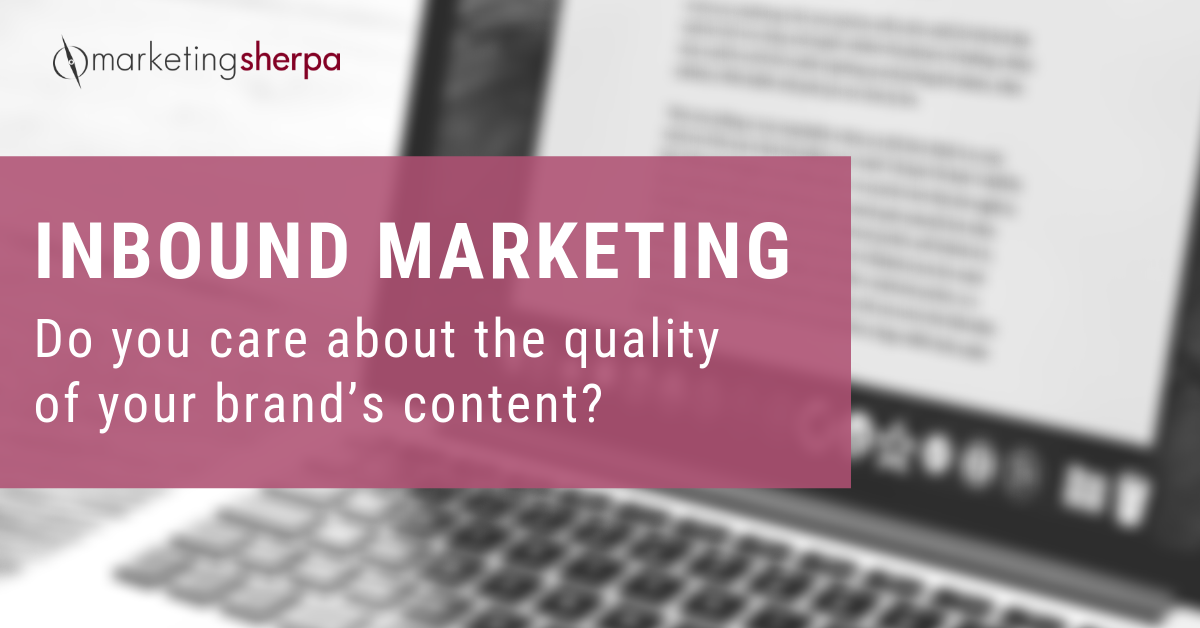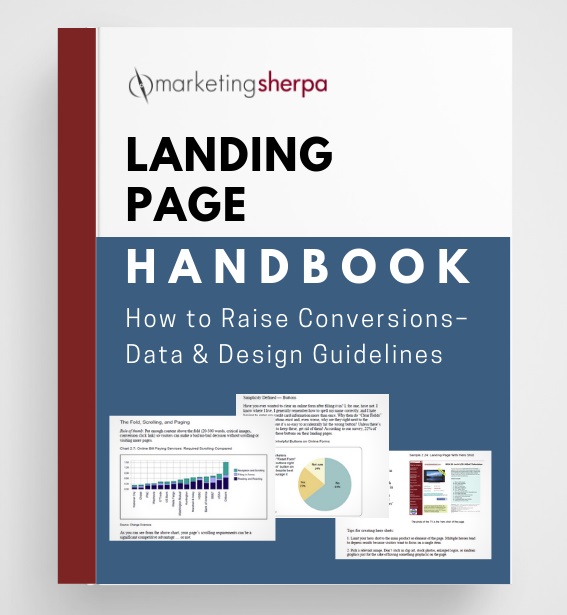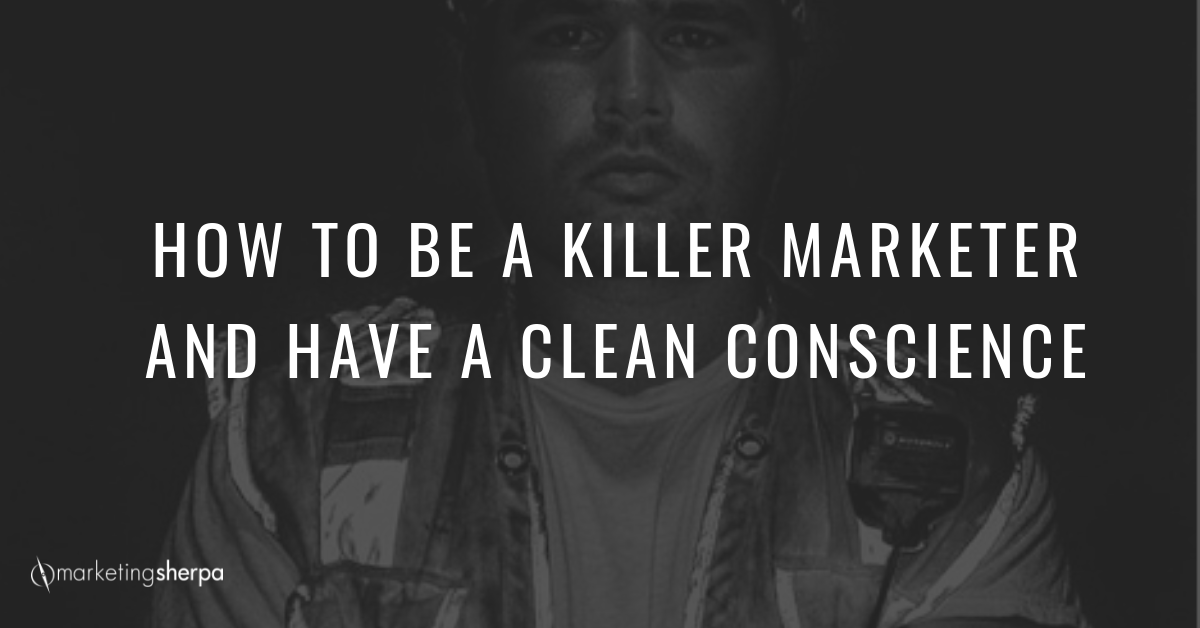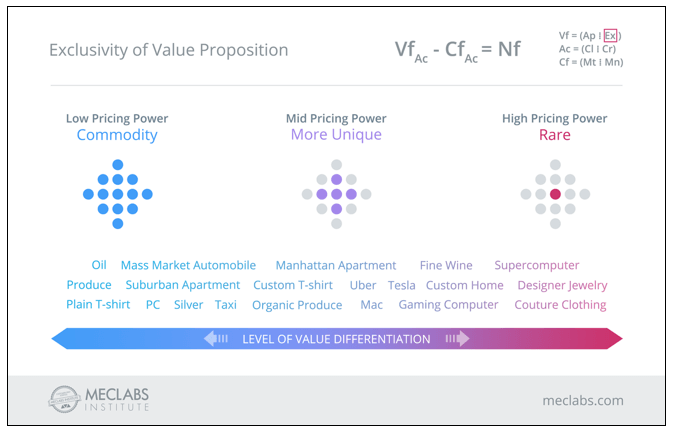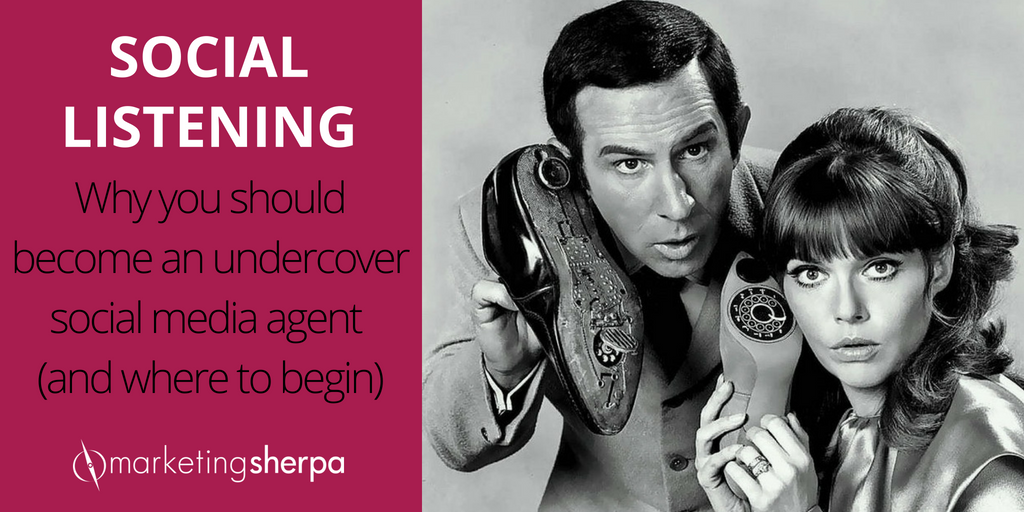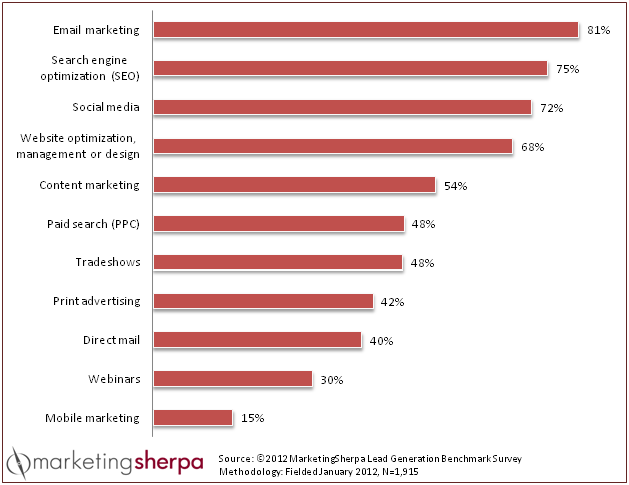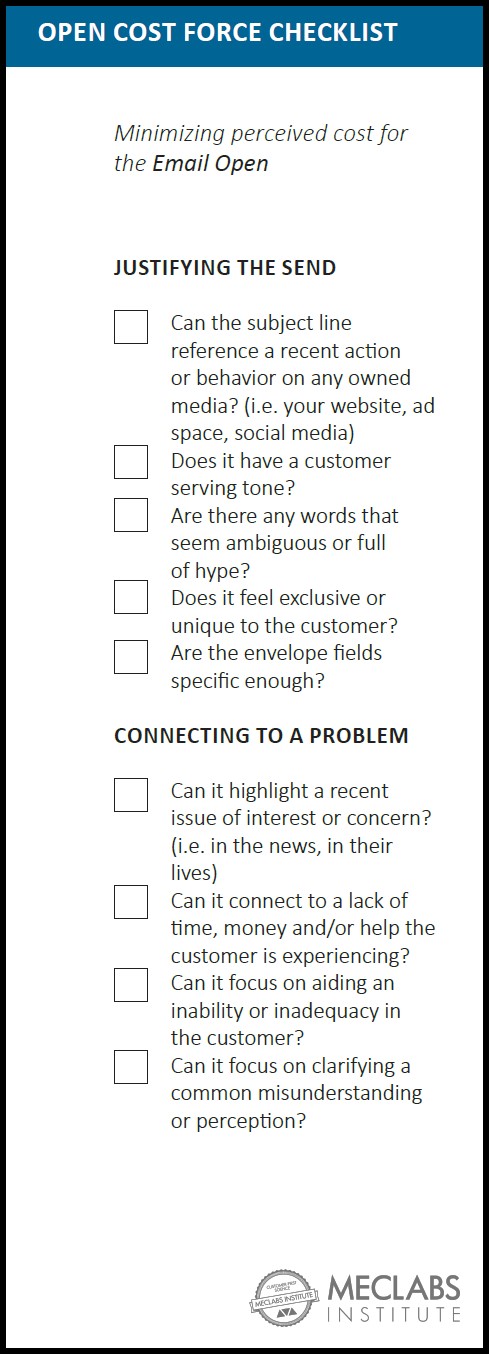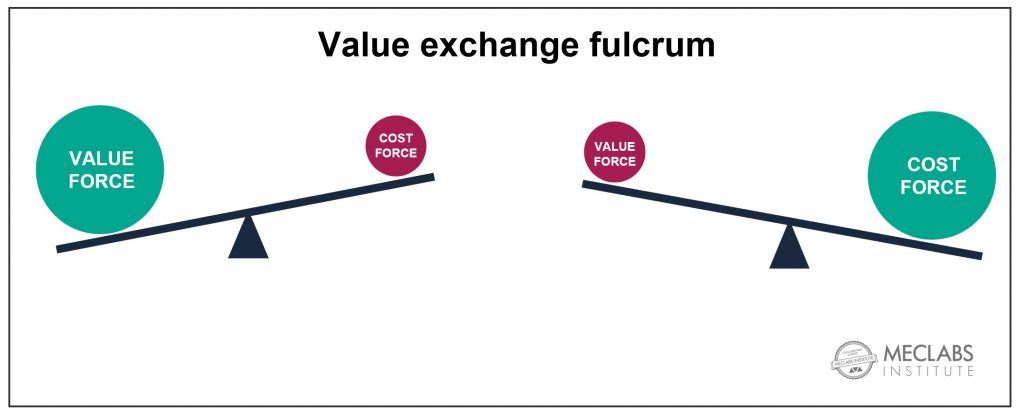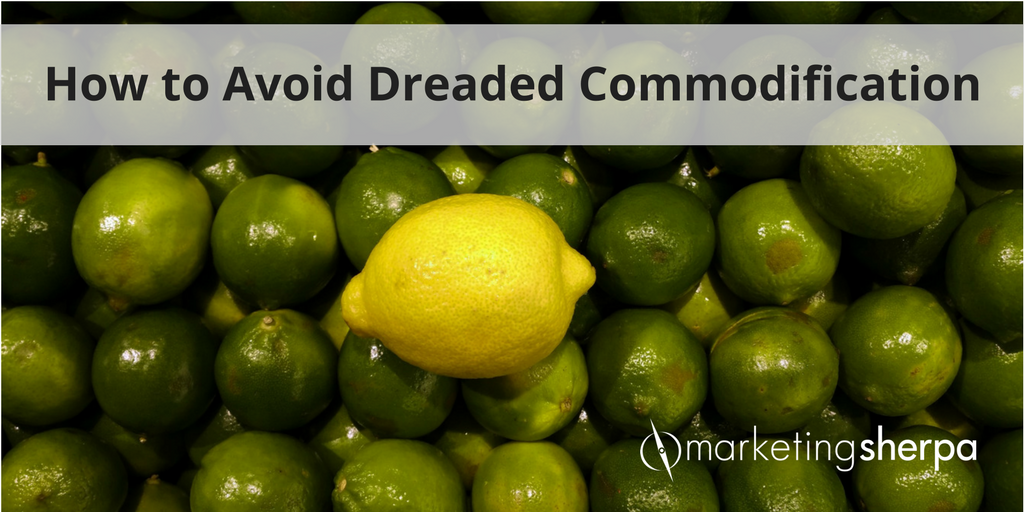Inbound Marketing: Do you care about the quality of your brand’s content?
If I had to break down the world of content marketing into two groups, it would be these:
- Those who care about the quality of their content
- And those who don’t
Ouch. Seeing those words in writing, my statement is a little harsh. So let me try to rephrase:
- Those who only see content as a means to an end
- And those who view content as an (often free) product that should have value in and of itself
To further refine this split, we could say there are two content marketing approaches we can simply label:
- Quantity
- Quality
Of course, every piece of content offers some level of value. You need a certain level of consistent production for even the most high-quality content. And there are shades of gray between the two extremes.
That said, I’ve noticed more and more of a focus on the “high quantity/means-to-an-end” approach as the content marketing industry has matured. Brands that seem like they don’t care about the quality of the content they’re producing, or at least not nearly as much as the volume. I thought this would make a fitting topic of exploration in today’s MarketingSherpa blog post.
This article was originally published in the MarketingSherpa inbound newsletter.
Content pollution
Content marketing has shown impressive growth as a marketing tactic. One reason for that is the proliferation of digital platforms and the growth of computing power allowing for less expensive production of content.
If you’ve ever listened to a talk by content guru Joe Pulizzi, you know that content marketing isn’t necessarily new. But when the means of production transitioned from a printing press and six-figure Avid system to a free blogging platform and smartphone, it was inevitable for content marketing to grow.
But there’s another reason it grew as well. It was effective. And it was effective because it was disruptive.
The traditional advertising and marketing model was built around selling to the prospective customer. The core of content marketing is helping the customer. When done well, customers sell themselves.
The low barriers to entry and “free” cost compared to paid media led to explosive growth in the amount of content. This has created plenty of helpful content. But content creation has also been used as part of a major quantity push by companies viewing it as a means to an end to attract traffic.



